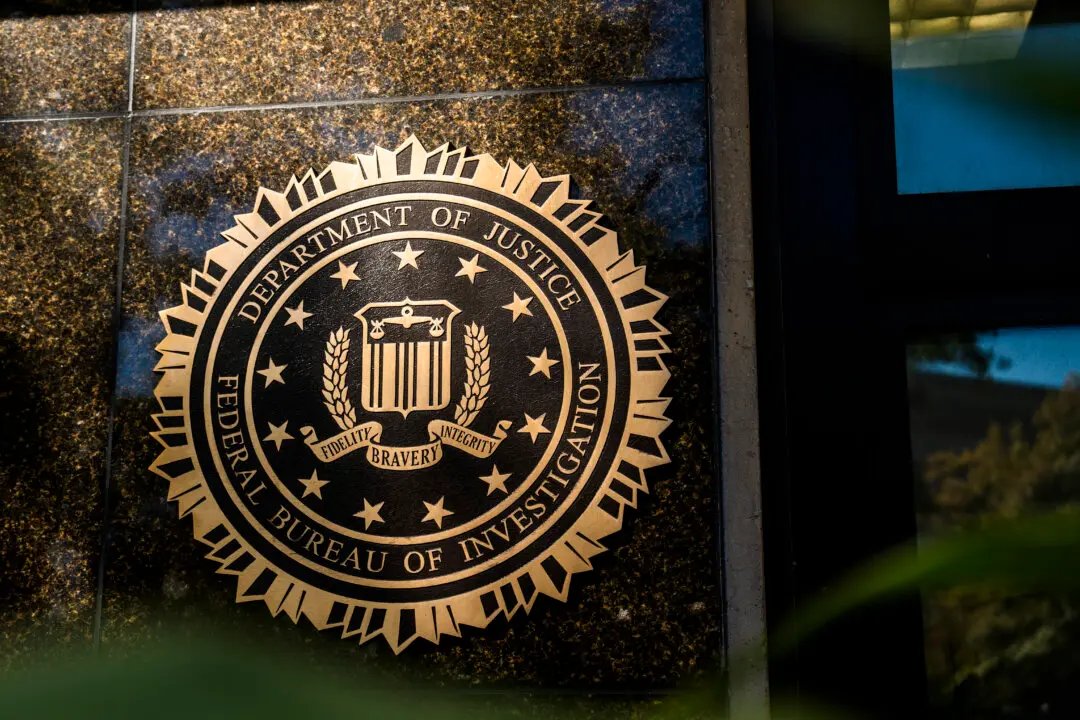Losses from cryptocurrency thefts have surged in the first half of the year as hackers once again focused on exploiting centralized exchanges “with greater frequency,” according to a report from blockchain analysis firm Chainalysis.
While overall illicit cryptocurrency activity declined by nearly 20 percent in the first seven months of 2024, two categories—stolen funds and ransomware—had an increase, according to the Aug. 15 report. Stolen funds had the largest gain, with $1.58 billion already appropriated by criminals in the January-to-July period, which was about 84.4 percent higher than in 2023.





